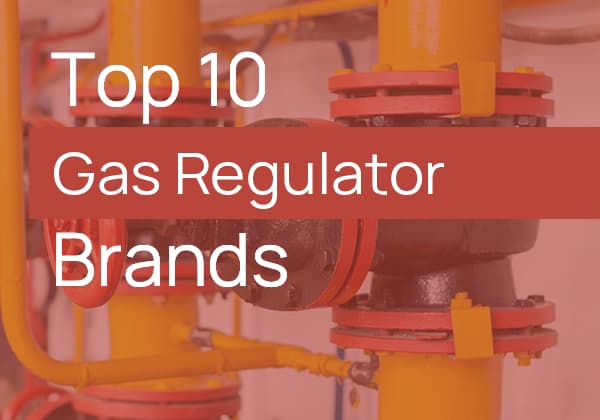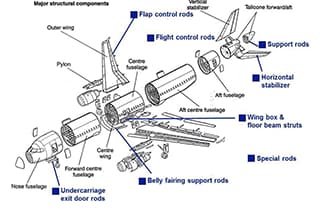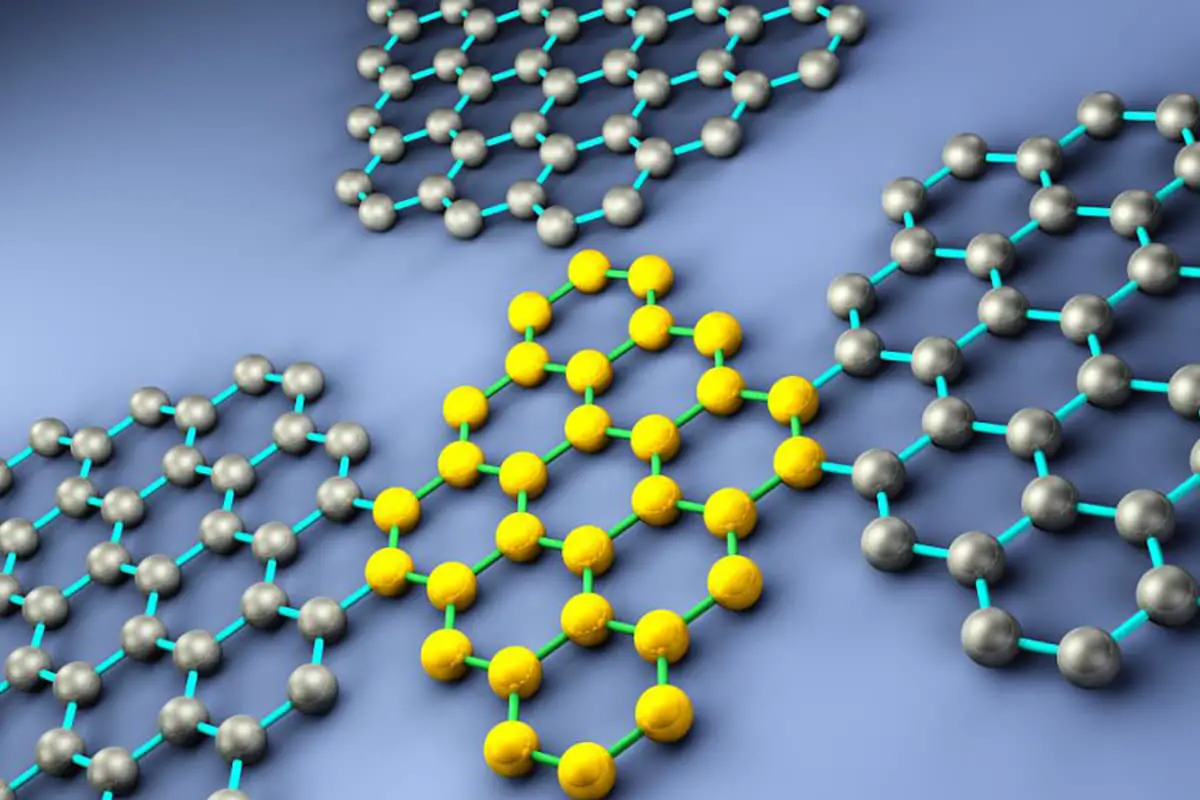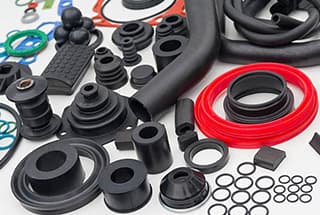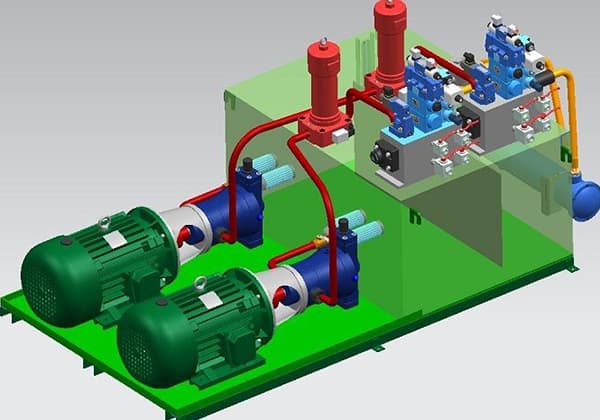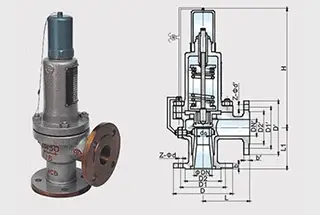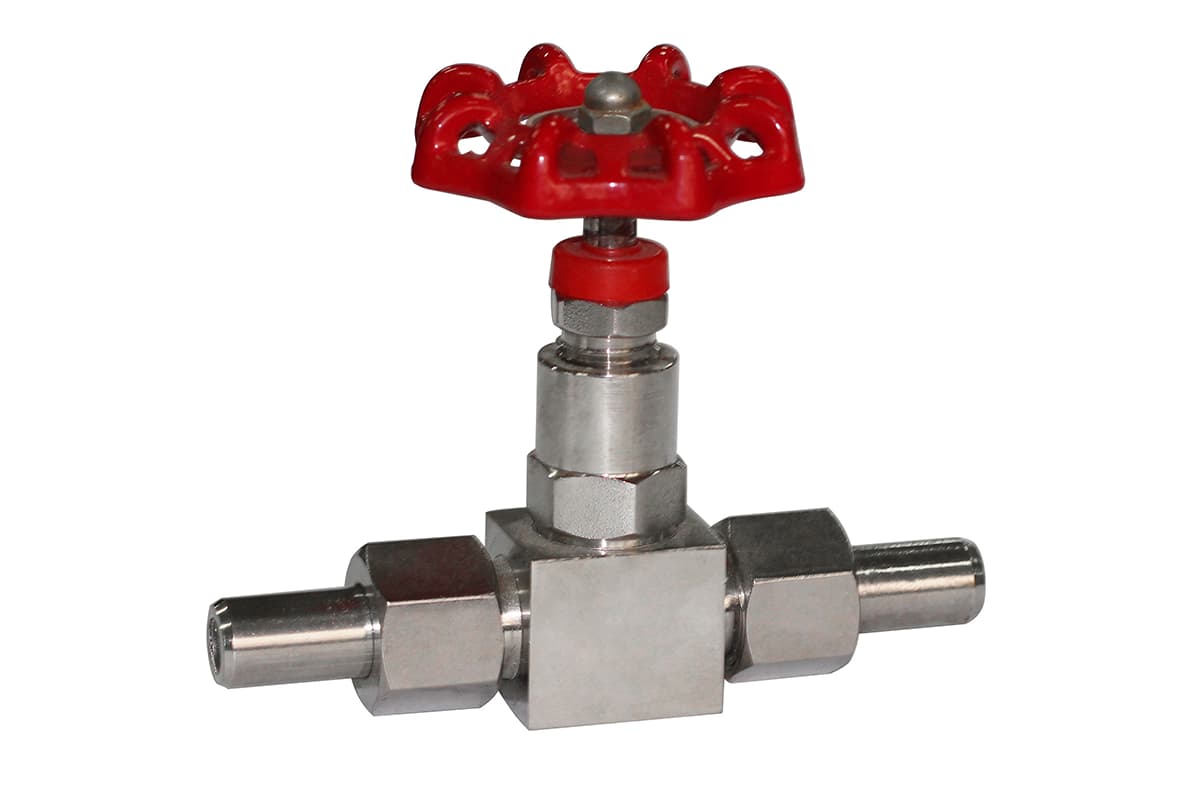
Have you ever considered the hidden dangers lurking in oxygen pipelines? In this article, we dive into the critical process of degreasing oxygen pipelines, essential to prevent explosive hazards. You’ll learn about the importance of oil removal, the steps involved in degreasing, pickling, and passivation, and the safety measures necessary for handling these materials. This guide ensures that your oxygen pipeline operations remain safe and efficient.
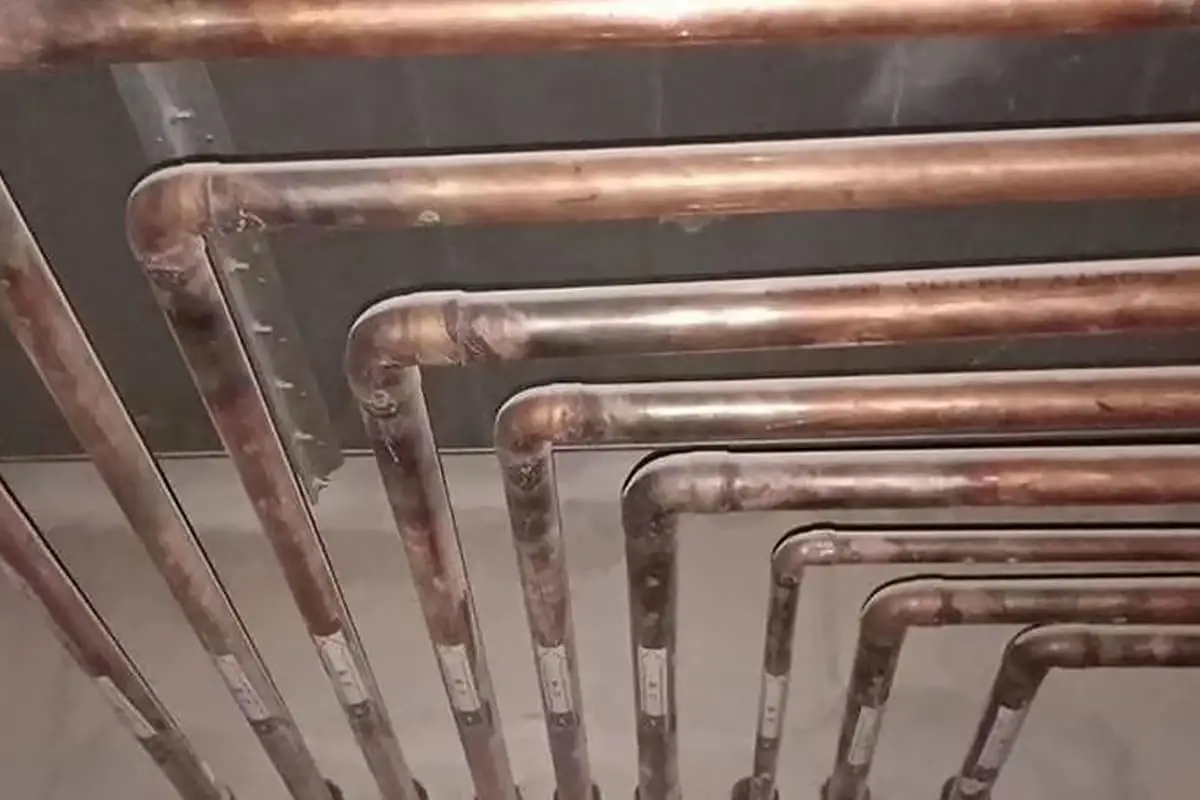
Everyone knows that oxygen pipelines must be oil-free and degreased. Today, we will discuss the method of degreasing oxygen pipelines. Degreasing, by definition, is the removal of oil stains from the internal and external surfaces of the pipe.
It is a crucial step in the construction of oxygen pipelines. If there is any oil contamination inside the oxygen pipe, an explosion can easily occur when it comes into contact with pure oxygen.

Oxygen pipelines generally use seamless steel pipes made of 20# steel or stainless steel. For pipes made of stainless steel, only degreasing treatment is needed.
However, for pipes made of 20# steel, not only degreasing but also pickling, neutralization, and passivation treatment are required.
During construction, the degreased pipe ends must be promptly sealed to prevent secondary contamination. Before handing over for use, they must be thoroughly cleaned with oil-free compressed air.
Carbon steel pipes should be degreased before pickling since grease is not soluble in acid. If pickling is done first, it will not remove the oil stains or the rust under the oil stains.
The dip method is commonly used for degreasing and pickling seamless steel pipes during construction. During dipping, the liquid level should be at least 50mm above the external surface of the pipe.
Given that oxygen pipelines undergo degreasing, pickling, and passivation treatment, four tanks are usually prepared based on the actual pipe diameter. These are the degreasing tank, pickling tank, neutralizing tank, and passivation tank.
The process flow of degreasing and pickling for oxygen pipelines is as follows: degreasing → water rinsing → pickling → water rinsing → neutralization → passivation → water rinsing → drying.
The degreasing solution formula is: each liter of solution contains 20g to 30g of sodium hydroxide, 35g to 50g of sodium nitrate, and 3g to 5g of sodium silicate.
The operating process requires: a liquid temperature of 70℃ to 80℃, and a soaking time determined by the amount of oil on the pipe surface, usually between 10 and 40 minutes.
Steam can be used for heating.
The degreased items should be inspected using any of the following methods:
Rinse thoroughly with clean water at a pressure of 0.8MPa.
Pickling uses an acid solution to remove the oxide skin and rust on the surface of the seamless steel pipe.
The oxides of iron (Fe3O4, Fe2O3, FeO, etc.) react with the acid solution to form salts that are soluble in the acid solution and are thus removed. Sulfuric acid and hydrochloric acid are most commonly used for pickling. The sulfuric acid solution formula is: the concentration of sulfuric acid is 5% to 10%.
The operational requirement is: a temperature of 60℃ to 80℃ and a soaking time of 5 to 20 minutes. The hydrochloric acid solution formula is: the concentration of hydrochloric acid is 5% to 20%.
The operational requirement is: a temperature of 20℃ to 50℃ and a soaking time of 5 to 20 minutes.
After the pipe is pickled, check that the surface rust is completely removed and that the metal luster is exposed. It is considered qualified if this is the case.
Rinse thoroughly with clean water at a pressure of 0.8MPa.
The neutralization solution formula is: NH4OH diluted to a pH value of 10 to 11. The operational requirement is: soak at room temperature for 3 minutes.
After pickling, water rinsing, and bleaching, the metal surface is very clean and highly activated, and it is very susceptible to corrosion. Therefore, passivation treatment must be carried out immediately to form a protective film on the cleaned metal surface to slow down corrosion.
The passivation solution formula is: the concentration of NaNO2 is 8% to 10%; the concentration of NH4OH is 2%. The operational requirement is: soak at room temperature for 10 minutes.
Rinse with purified water at a pressure of 0.8MPa until clean.
Drying must be done using clean, oil-free, dry air or nitrogen.
Wipe and inspect with white filter paper. If there are no traces of oil on the paper, it is considered qualified. After passing the inspection, seal both ends of the pipe with plastic cloth and tape.
Carbon steel pipes treated in this way have clean and shiny inner walls and can remain rust-free for about 2 months; if stored well, this period can be extended. This method can also be applied to carbon steel pipe fittings.
For stainless steel pipes requiring only degreasing, in addition to the previously mentioned methods, the wipe-down technique is particularly effective for larger diameter pipes. This method offers precision cleaning for critical applications where surface integrity is paramount.
When employing the wipe-down method, it is crucial to select appropriate materials to prevent contamination. Cotton yarn is not recommended due to its propensity for shedding. Instead, lint-free cloths, microfiber fabrics, or glass fiber materials should be used, as they minimize the risk of fiber residue and ensure a thorough cleaning process.
For pipes with extended lengths, a specialized technique can be employed. Clean, passivated stainless steel wires (preferably grade 316 or higher) can be used to attach lint-free cloth strips. This setup allows for bidirectional drag-and-wipe motions, effectively removing oily contaminants from the inner pipe walls. The bidirectional approach ensures comprehensive coverage and enhances cleaning efficiency.
Post-degreasing, a meticulous inspection of the component’s surface is mandatory. This step is critical to detect and remove any organic textile fibers that may have adhered during the cleaning process. Advanced inspection methods, such as UV light examination or white light inspection, can be employed for optimal results.
Upon satisfactory inspection, it is imperative to immediately seal the pipe ends. This prevents recontamination and maintains the cleanliness of the internal surfaces. Proper sealing methods include the use of clean, lint-free caps or plugs, or heat-shrink plastic covers for more demanding applications.
For pipes requiring both degreasing and pickling or passivation, it’s essential to follow a sequential process. Degreasing should always precede pickling or passivation to ensure the effectiveness of these subsequent treatments and to maintain the highest standards of surface finish and corrosion resistance.
To accommodate the largest valve, construct a custom degreasing container using corrosion-resistant stainless steel plates or modify a suitable industrial drum. Ensure the container’s inner surface is thoroughly cleaned and inspected for contaminants using a lint-free white cloth.
Prior to degreasing, meticulously clean stainless steel pipe fittings and valves using lint-free microfiber cloths. Suspend the components using 316 stainless steel wire or PTFE-coated cables to prevent potential contamination.
Select an appropriate environmentally friendly and less hazardous degreasing solvent, such as citrus-based degreasers or aqueous alkaline solutions, as safer alternatives to carbon tetrachloride. Fill the container with the chosen solvent, maintaining a safety margin of at least 200mm from the top to prevent spillage and ensure proper ventilation.
Implement robust safety measures, including proper personal protective equipment (PPE), local exhaust ventilation, and compliance with relevant safety standards (e.g., OSHA regulations). Conduct degreasing operations in a well-ventilated area or under a fume hood to minimize exposure risks.
Submerge the components in the degreasing solution for the manufacturer-recommended duration, typically 1-2 hours. Upon removal, thoroughly rinse the parts with deionized water and dry them using clean, oil-free compressed air or lint-free cloths. Allow for complete air drying in a controlled, dust-free environment.
Post-degreasing, conduct a thorough quality inspection using UV light and white cloth wipe tests to ensure complete removal of contaminants. Individually wrap and seal approved components in clean, anti-static plastic bags to prevent recontamination.
For valves, perform grinding and pressure testing prior to degreasing. Disassemble the valves, removing all debris and corrosion products before immersion in the degreasing solution. Pay special attention to intricate internal components and cavities.
Apply the same degreasing process to bolts, metal gaskets, and other small components. For large valve bodies unsuitable for immersion, utilize spray or wipe-on degreasing methods with appropriate solvents.
Treat non-metallic gaskets separately, using compatible solvents and gentler degreasing methods to prevent material degradation. After degreasing, dry these components in a controlled environment with HEPA-filtered air circulation until all solvent traces are eliminated.
For asbestos-containing components, consult current asbestos handling regulations. If permissible, consider alternative high-temperature insulation materials. If asbestos must be used, follow strict safety protocols for heat treatment and subsequent coating application.
Implement a comprehensive quality control system, including pre- and post-degreasing inspections, to ensure consistent cleanliness and surface preparation across all components. Document all processes and maintain detailed records for traceability and continuous improvement.
Prior to commencing construction activities, technical personnel must conduct comprehensive safety and technique briefings for all construction staff. All tools, measuring instruments, and auxiliary equipment intended for degreasing, inspection, and installation processes must undergo pre-degreasing treatment in strict accordance with the specifications of the components to be degreased.
The use of non-degreased equipment is strictly prohibited. Safety protocols for degreasing and pickling operations must adhere to the relevant guidelines outlined in the “Petrochemical Construction Safety Technical Regulations.” These operations should be exclusively performed in well-ventilated outdoor environments to minimize exposure risks.
Personal protective equipment (PPE) must be rigorously enforced during all work phases. The mandatory PPE ensemble includes:
In scenarios involving heightened chemical exposure or confined spaces, workers must be equipped with self-contained breathing apparatus (SCBA) or supplied-air respirators, as determined by a qualified safety professional.
Additionally, proper handling and disposal procedures for degreasing agents and pickling solutions must be followed to ensure environmental compliance and worker safety. Regular safety audits and equipment inspections should be conducted to maintain the integrity of all safety measures.

